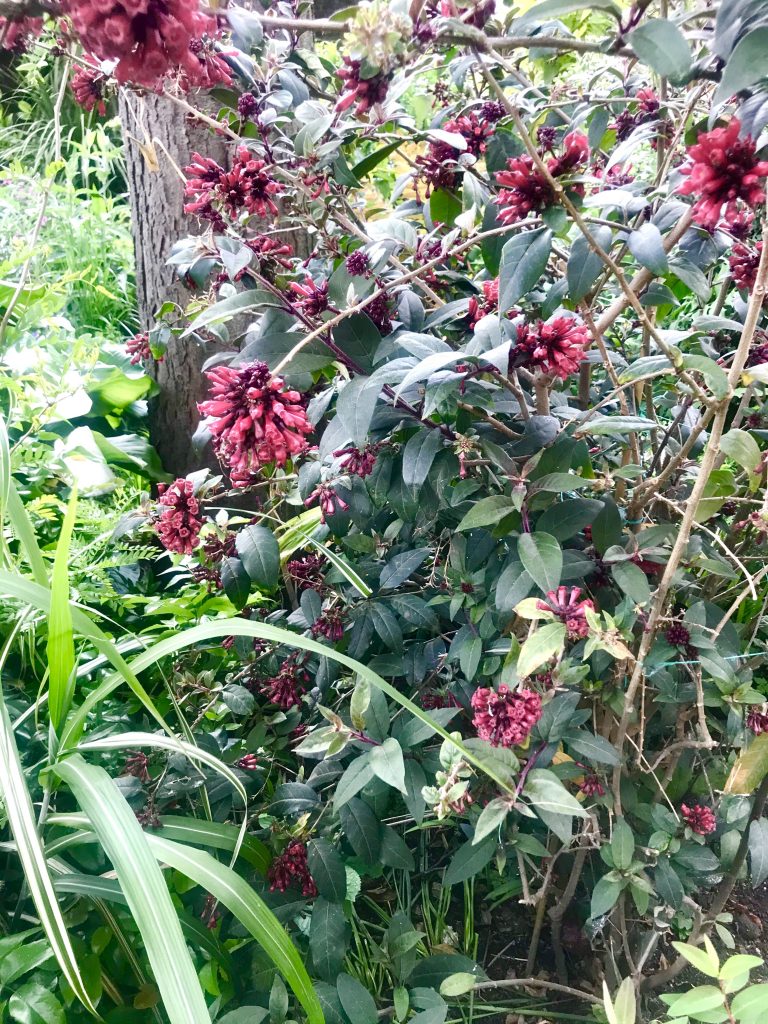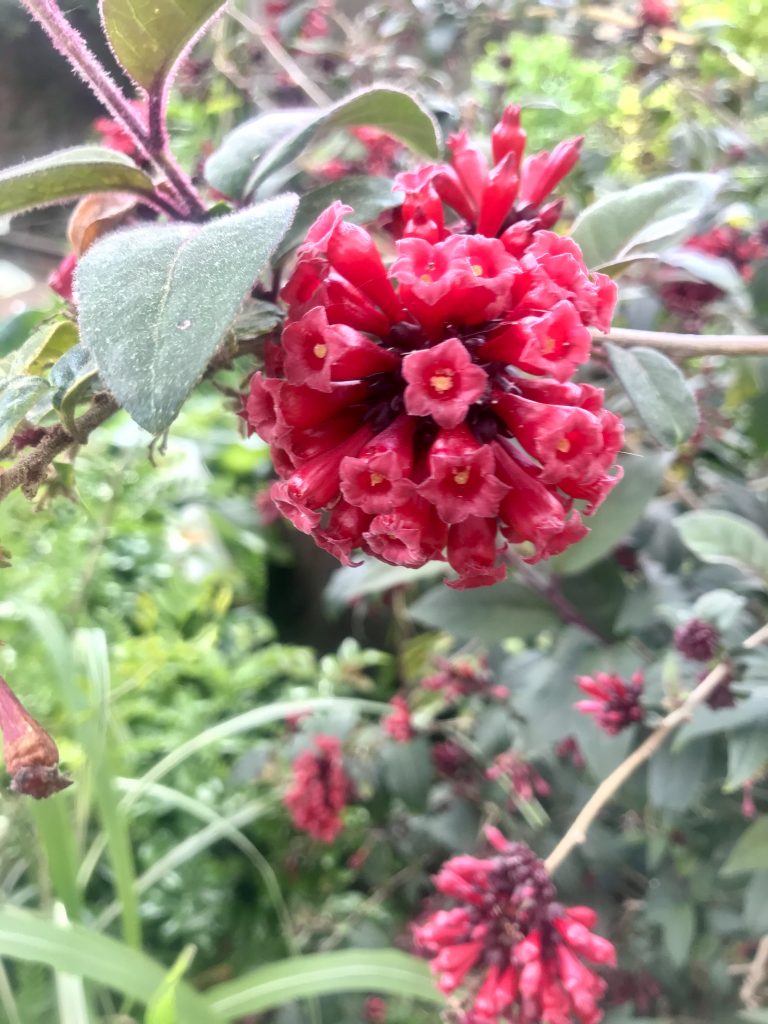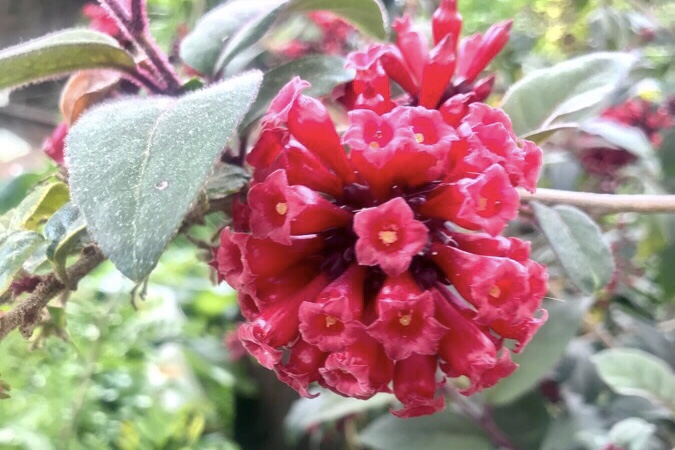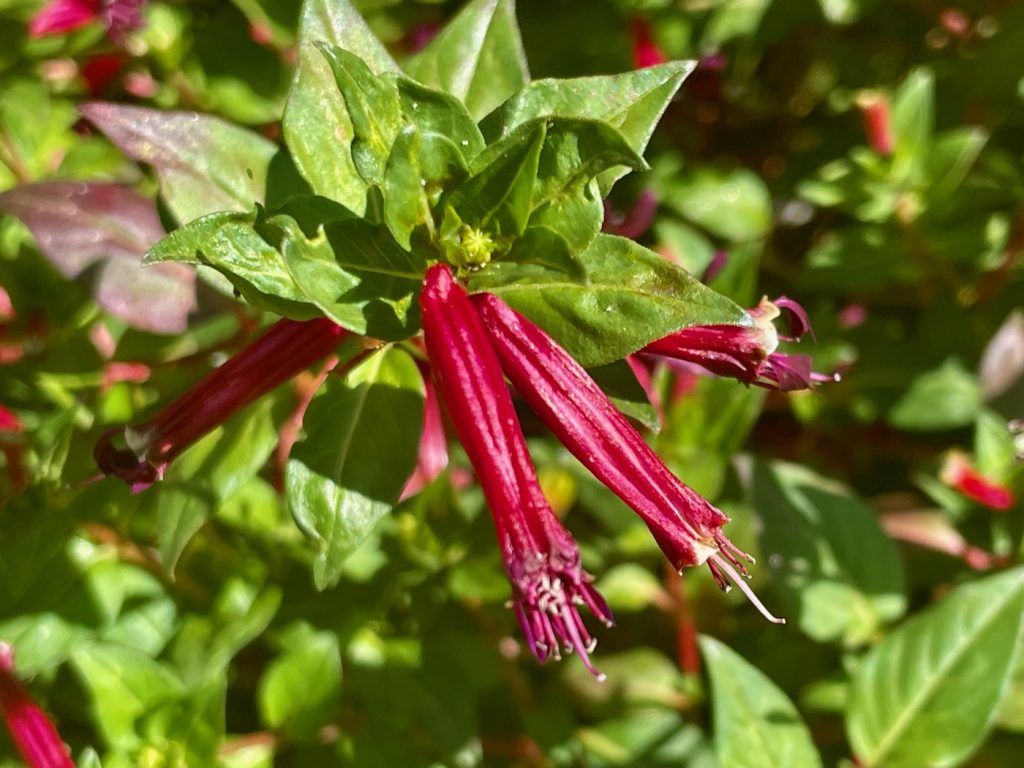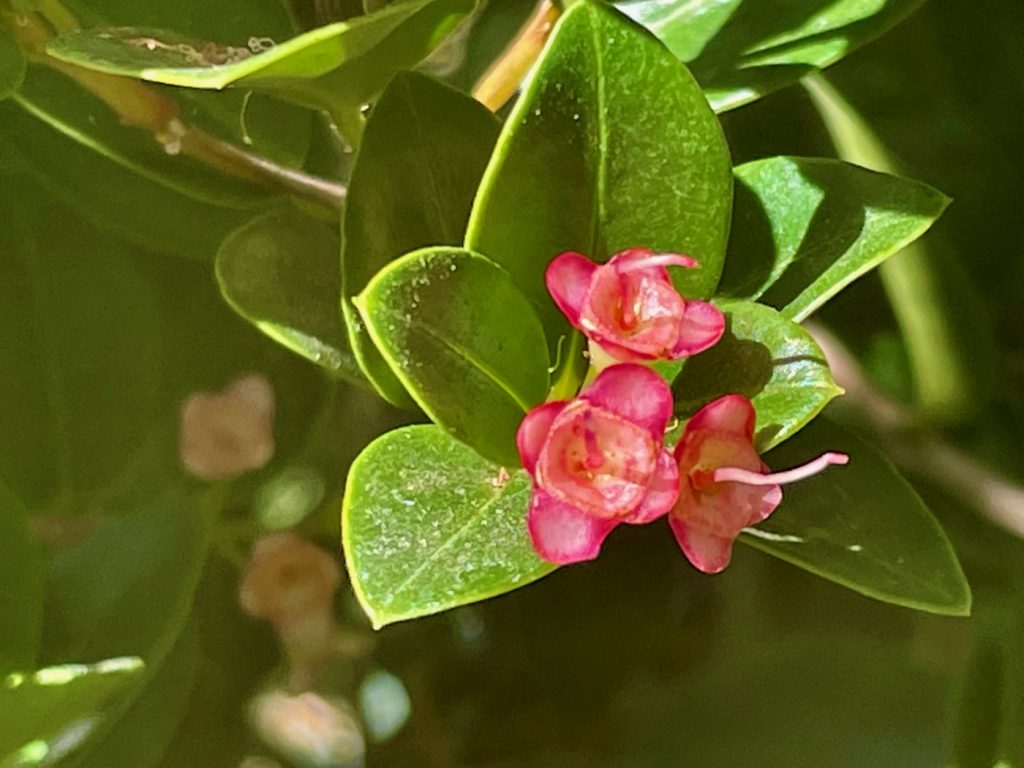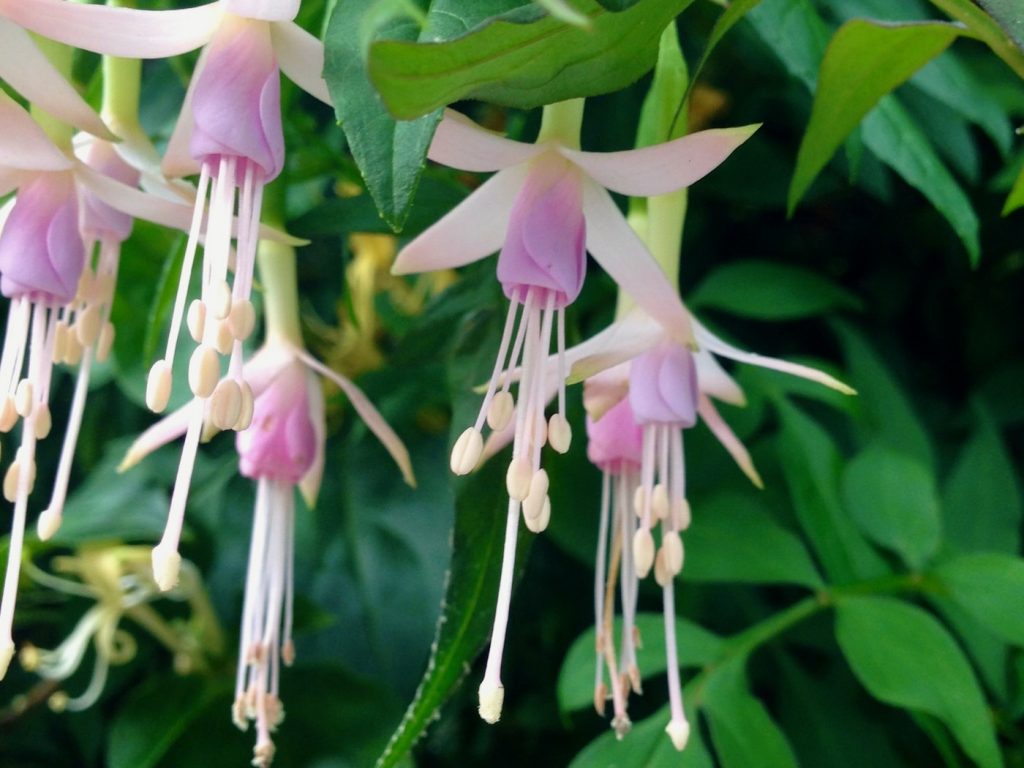Cestrum elegans: A Beautiful and Hardy Climbing Shrub
Background and Description: Cestrum elegans, commonly known as Red Cestrum, Purple Cestrum, or Bastard Jasmine, belongs to the Solanaceae family. It is native to Mexico but can be grown in various regions. This evergreen shrub features green alternate leaves and striking red tubular clusters of flowers, which later develop into black berries. It is well-adapted to warmer tropical climates and can reach a height of approximately 7 feet or 2 meters. Cestrum elegans not only adds visual appeal but also attracts birds, bees, and especially hummingbirds to its blossoms.
Cultivation of Cestrum elegans:
Sunlight and Soil Requirements: Plant Cestrum elegans in a location that receives full sun or partial shade. It thrives in well-drained soil, but it can also tolerate some dryness.
Planting: Cestrum elegans can be planted in either spring or fall. Before planting, choose a spot with the appropriate sun exposure and ensure the soil is well-drained. Amend the soil with compost or manure to enrich it. After planting, water the plant thoroughly.
Watering: Regular watering is essential for Cestrum elegans, especially during hot and dry weather. Deeply water the plant, allowing the water to reach the roots. However, allow the soil to dry out slightly between waterings to prevent overwatering.
Fertilizing: Fertilize Cestrum elegans once a month during the growing season. Use a balanced fertilizer, such as a 10-10-10 formula, to provide essential nutrients for healthy growth and flowering.
Pruning: In the spring, you can prune Cestrum elegans to shape the plant and remove any dead or damaged branches. Pruning also encourages more blooms, enhancing the overall appearance of the plant.
Protection from Frost: In colder climates, protect Cestrum elegans from frost. This can be done by covering the plant with a burlap sack or by relocating it to a sheltered area during freezing temperatures.
Pests and Diseases: Cestrum elegans is generally resilient to pests and diseases. However, it may occasionally encounter issues with aphids, spider mites, or whiteflies. If signs of infestation or disease are detected, promptly treat the plant with suitable pesticides or fungicides to mitigate the problem.
Toxicity: It is important to note that Cestrum elegans is poisonous to humans and animals. Exercise caution when handling the plant and ensure it is kept out of reach of children and pets.
Creating a Captivating Landscape:
Cestrum elegans is a visually striking climber that adds vibrancy and allure to any garden or landscape. Its red tubular flowers, attractive foliage, and ability to attract pollinators make it a desirable choice for plant enthusiasts. With its hardiness down to temperatures as low as -7°C, it proves to be a resilient option for various climates.
Whether grown in pots or in the ground, this climbing shrub can be a focal point in a garden or used to adorn trellises, fences, or walls. However, it is essential to bear in mind its toxic nature and take necessary precautions when cultivating it. Embrace the beauty of Cestrum elegans, appreciate its ability to thrive in challenging conditions, and enjoy the spectacle it creates in your outdoor space.
